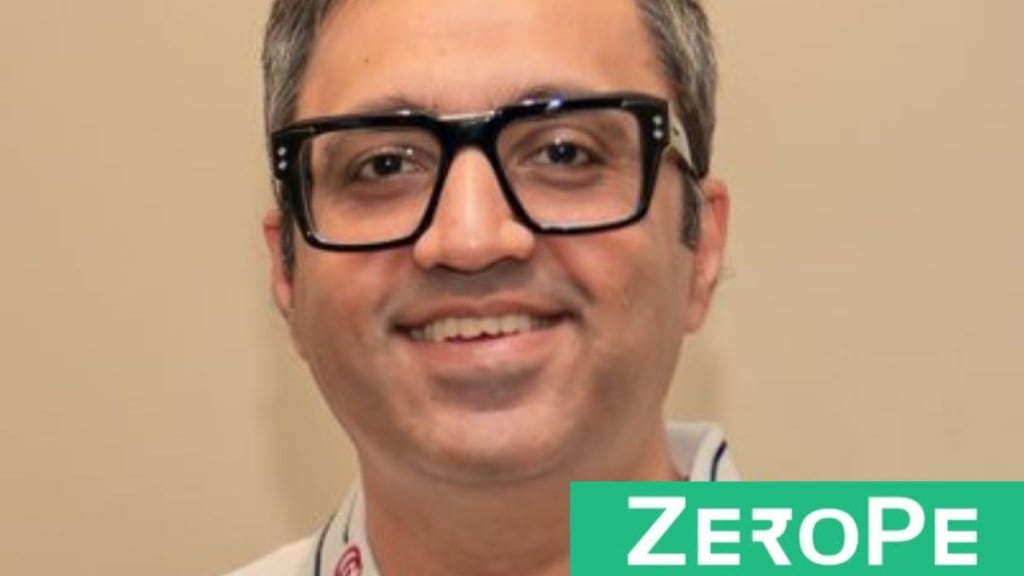Ashneer Grover’s re-entry into the fintech space with ZeroPe, and that too in the fast-growing medical loans space, has enthused entrepreneurs, who feel the segment will see tremendous growth.
However, investors say the going is not that easy. The real challenge, they say, will lie in building a model which is a mix of informed lending practices, multiple revenue streams and a healthier credit portfolio.
To be sure, the sector does provide opportunity. A recent report by BCG and B Capital has projected that the medical financing niche can contribute $5 billion to the estimated $37 billion digital healthcare market by 2030. While lending tech has been one of the most lucrative segments for most fintech players, verticalisation within lending tech is taking off slowly and the medical loans sector in particular represents a significant opportunity.
As per an FE analysis, over 12 startups are operating in this segment, either as a pure play or along with other financing/health services. Some notable names include LoanTap, Arogya Finance, RupeeCircle, CASHe, Moneytap and SaveIn.
Market potential & hurdles
In India, medical insurance is under-penetrated and therefore many face substantial financial burden, often leading to debt. Additionally, most insurance policies do not cover certain illnesses, cosmetic surgeries and special procedures.
This is where startups come into the picture, with quick loans of ticket size between `20,000 and `5 lakh. Unlike banks offering personal loans, the startups offer accessible lending solutions at the point of sale by leveraging account aggregators, eKYC processes, and digital signatures. They partner with healthcare centres and claim that it takes 10-15 minutes for the customer to finish the process.
For instance, LoanTap, a digital lending startup that raised $2.9 million in a debt funding round led by Lighthouse Canton this year, has partnered with more than 1,600 healthcare service providers across seven cities and facilitates loans through a QR code-based process integrated directly into healthcare centres. Payments are directly made to the healthcare centre, and the loan amount is converted into no-cost EMIs based on the chosen tenure.
Analysts say while the demand for such quick loans exists, tapping into the gap may not be that easy.
“The critical challenge for any fintech in the medical loans sector isn’t just technological innovation or market penetration but ensuring they do not compromise credit quality for growth,” Anirudh A Damani, managing partner, Artha Venture Fund, said.
Startups venturing into medical loans have to ensure responsible lending much more than others, for, medical loans come with a specific set of challenges, such as customer vulnerability, demand for quick interest-free loans, hassle-free disbursals and on-ground assistance.
This is the reason that after Grover’s announcement, concerns were raised on social media about the high annualised interest rate. Some consumers FE spoke to said if interest rates offered by startups are high, they are no different from other exploitative local moneylenders.
Startups in the space declined to comment on ZeroPe’s offering, but assured that they offer interest-free or fixed low-interest (less than 5%) loans, applied to EMIs, spread over a tenure of six months to one year.
These startups can forego the interest because of the inherent business model, which includes three-four revenue streams. The primary one is the transaction fee they charge hospitals, 20-25% of the revenue, varying from clinic to clinic. In some cases, they also charge a one-time partnership fee to the hospitals or a subscription fee. The second set of revenue comes from cross-selling of products, such as insurance and doctor consultation. Thirdly, they also levy a late payment penalty fee of 1% to 2% on the EMI.
“Once they reach a certain transaction volume, transaction fees can work as a sustainable source of revenue,” Milan Sharma, founder and MD, 35North Ventures, said. He said after these startups reach a certain scale, they can monetise the data collected for market research and analytical purposes.
Future disruption and Grover’s impact
“The healthcare market has limited lending tech players and Ashneer has the potential to rapidly scale up and expand his business. Given his previous track record and expertise he can bring tremendous growth and revolution in the market,” Sharma said.
According to reports, the Indian healthcare industry has maintained a CAGR of 22% over the past few years. The increase in disposable incomes, coupled with the prevalence of lifestyle-related ailments in urban settings is forcing the middle-class demographics to embrace proactive healthcare and elective treatments.
“This in turn is fuelling the increased requirement for financial assistance, which is met through medical loans offered by startups,” Ameet Venkeshwar, chief business officer, LoanTap said.
While the medical loans space had already picked up momentum in the last couple of years, after the pandemic, Grover’s foray in the space can boost awareness and thereby the scaling of existing startups and entry of new startups. “It could attract more investors, spur innovation, and increase competition,” Yashoraj Tyagi, CEO, CASHe told FE.
“Since our inception in 2016, over 45% of our loans have been used to finance medical expenses. This trend has remained consistent, highlighting our customer base’s strong demand for healthcare finance,” added Tyagi.

